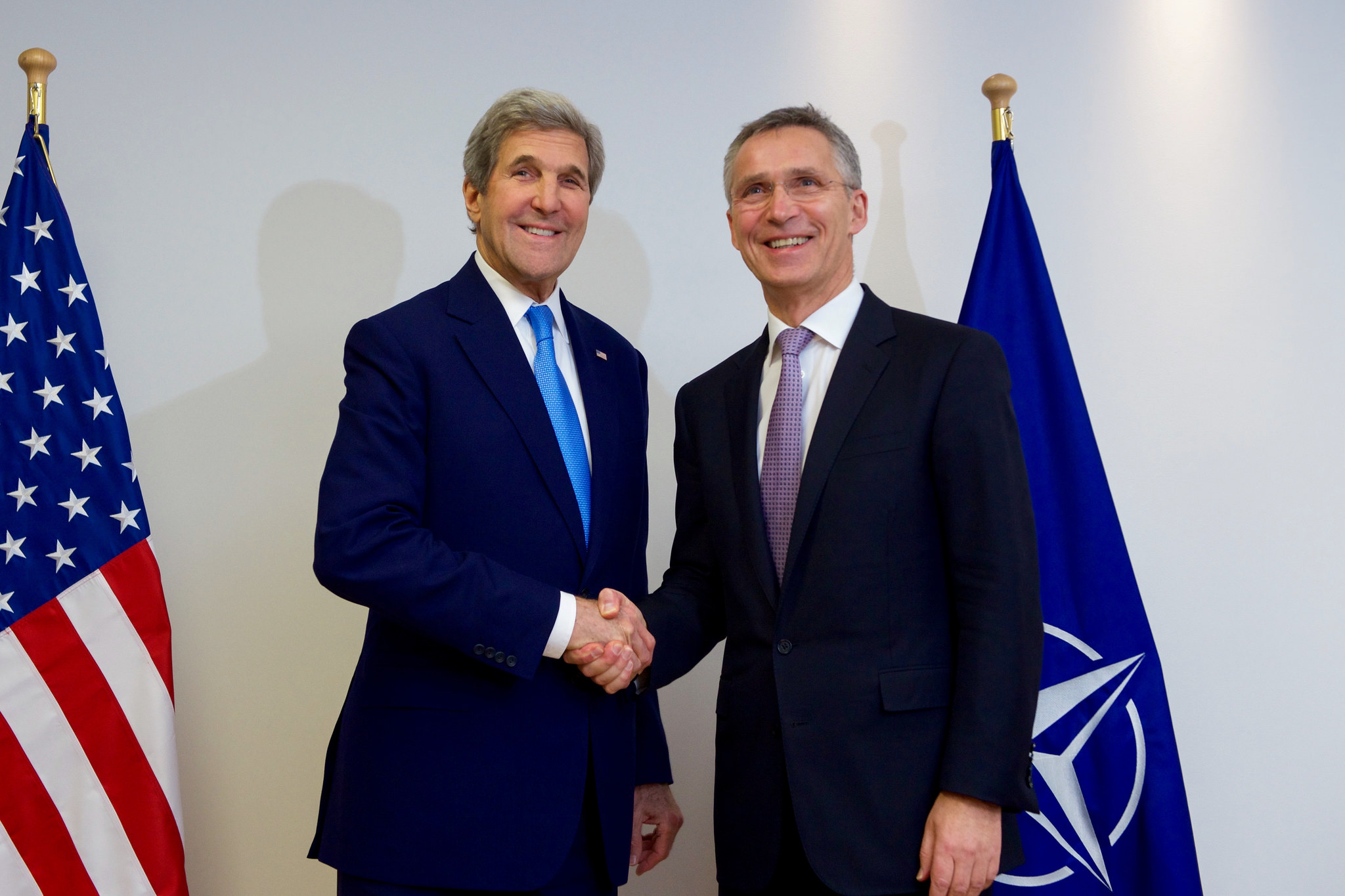With ISIS-inspired attacks cropping up almost every week, the October 31, 2015, crash of MetroJet 9268 has become something akin to the Jihadist “shot heard round the world”: always referenced as the start of the “game-change” revolution, but never discussed in detail.
The pattern of escalation from Beirut to Paris, to San Bernardino, Pittsburgh, back to Paris and another resort on the Red Sea, and now Indonesia only amplifies the ominous implications of ISIS’s decision to take the battle beyond the putative boundaries of the Caliphate.
After all, what else should we conclude when a perfectly serviceable – or rather perfectly serviced – Airbus 320 falls out of a clear, blue sky over the restive Sinai Peninsula? If the location and timing of the crash wasn’t enough to link the fate of the St. Petersburg-bound charter to the recent launch of Russia’s air-campaign in Syria, then the utterly unambiguous statement from their Sinai affiliates removed all traces of doubt. ISIS murdered 224 “Russian Crusaders” as a warning for all the far enemies: we will kill you just as you kill us.
Egypt may be dragging out their official investigation with obdurately inconclusive updates, but the Russian investigation was as fast and thorough as it was expedient. There is ample information to affirm the prevailing theories without getting hung-up on any minor inconsistencies. For example, the wording of the statement – especially the verb choice – may imply the “Soldiers of the Caliphate brought down the plane” with a missile, but that’s just typical, Jihadist hyperbole.
The same could be said of their bogus, celebratory video – which was such an obvious fake they admitted it was meant as a “studio re-enactment.” After all, the 330 ml soda-can IED they finally revealed in Dabbiq works reasonably well with Russia’s evidence of traces of TNT up to one kilogram in the wreckage. Those results are also commensurate with satellite imagery showing a heat flash at the time and height of the crash. Such a heat flash is undeniably consistent with a bomb – as well as our expectations.
However, we should not let any of these extraneous details distract us from the fact that targeting a civilian airline is unlike anything ISIS or their affiliates has done before….or since. The anomalous nature of this attack only further affirms the gravity of the danger.
The crash also confirms the operational linkages between ISIS and their geographically disconnected affiliates. Infiltrating the Sharm el-Sheik airport marks a significant shift in tactics and targeting for their Sinai affiliate as well. Before this, Wilyat Sinai – or the Sinai Province of the Islamic State – was best known for blowing up gas lines and military convoys around the Northern Sinai border areas.
This is not to say the group formerly known as Ansar Beit al-Maqdis(ABM) has never attempted anything this audacious. Between December 2013 and January 2014, the group managed to sneak two massive car bombs past the layers of security around the Mansura and Cairo security directorates. They also claimed responsibility for a September 2013 attempt to assassinate former Prime Minister Mohammad Ibrahim.
However, these attacks are linked to one Hisham Ashmawi, a former Colonel in the Egyptian Special forces with counter terrorism experience in the Sinai. While Ashmawi is an accomplished bomb-maker and attack planner, he defected from ABM in 2014. Like a handful of the group’s earlier leadership, Ashmawi is an adherent of fellow Cairene Ayman al-Zawahiri, and refused to pledge allegiance to the Islamic State. After the schism Ashmawi decamped to Libya where he ran afoul of ISIS aligned militias there, even earning himself a spot on ISIS’s most wanted dead list. He returned to Egypt sometime this summer to confront the “soldiers and sorcerers of the new Pharaoh” – namely, Egyptian President Abdel Fatah al-Sisi.
Although never claimed, Ashmawi is the prime suspect in the June 28, 2015, assassination of State Prosecutor Hisham Barakat along with a failed suicide bombing at Luxor’s Karnak Temple last May. As with the earlier attacks, these operations demonstrate his capacity to make, place, and detonate powerful explosives in highly secure locations that are valuable to the regime.
Which brings me back to MetroJet 9268.
If we were to look at a plane full of Russian tourists from the perspective of a self-styled Al-Qaeda emir, we would see that they are not just crusaders. They are non-Moslems who come to Egypt with other foreigners to drink and walk about in non-sharia compliant bathing gear. They also represent the single largest group of foreign tourist arrivals to Egypt – pumping some $2.5 billion into the foreign currency starved economy in 2014; more than third of total tourism revenue that year.
Of course, that was before the crash. Estimates in the local papers say the cancellation rate for the Christmas and New Year’s high season soared to 59% of advanced bookings, and losses since the beginning of November are around LE 6.6 billion – a sum that amounts to $84 million per the recently fixed exchange rate.
If the economic fall-out wasn’t enough, tensions over the crash have caused a rupture in the burgeoning Sissi-Putin bromance. Especially after Russia slapped a ban on all outbound flights to Egypt and inbound flights by EgyptAir. Not the best of times for an administration committed to restoring Egyptian pride and prosperity.
Now I wish to be crystal clear: I have no concrete evidence that connects Ashmawi with the crash of MetroJet 9268 and these remarks are nothing more than theory-guided speculation. I also have no interest in pre-judging the results of an official investigation. The salient point isn’t whether Ashmawi or someone else brought down the plane. The point is that his plausibility as a suspect shakes the certitude around ISIS’s role in the crash and it’s significance as marking the group’s inauguration as a clear and omnipresent global threat.
Because if one can make a reasonable argument for ISIS being a claim-poaching free-rider, what do we make of the next set of data-points in the escalation series? If we go back over each of the last incidents of ISIS-inspired, ISIS-attributed, or ISIS-claimed outrages we can also find precedence and crucial local dimensions that are being obscured by the momentum, the media, and the equally opportunistic manipulation by those vested in ISIS being a threat to the homeland. As scholars, we need to be doing more to disrupt this increasingly dangerous descent into threat inflation and confirmation bias.






